Only about 5 years left to respond
Over the years, Vietnam has made efforts to build an automobile industry with the goal of import substitution and gradually moving towards export. In the process of development, Vietnam's fledgling automobile industry faces opportunities and challenges when implementing the free trade agreements that Vietnam participates in.
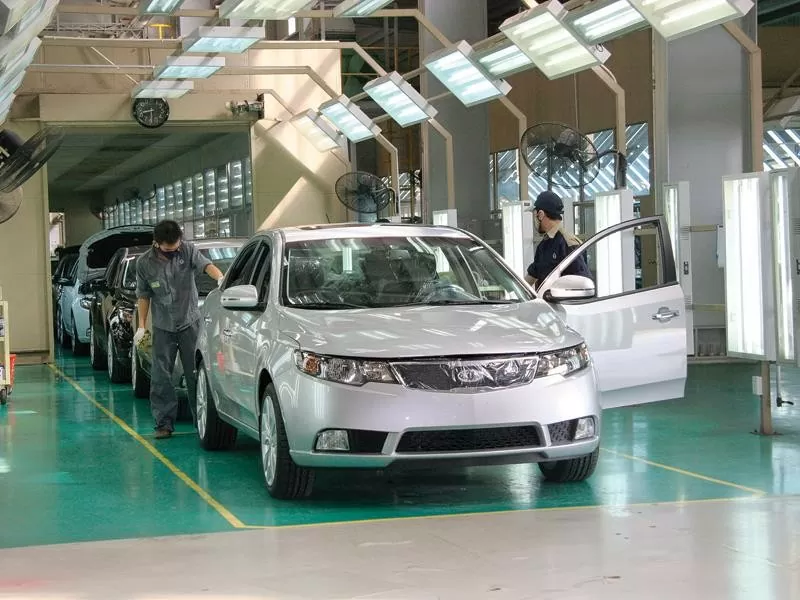 |
| Completing and supplementing minimum technical standards for domestically produced automobiles to protect consumer rights, in line with international practices. Photo: VNA |
Assessing the impacts of the implementation of Free Trade Agreements (FTAs) on automobiles, Dr. Le Huy Khoi, Deputy Director of the Institute for Strategy and Policy Research on Industry and Trade - Ministry of Industry and Trade, said that Vietnam has signed 16 FTAs and is recognized by the world as an open economy. However, policies on tariffs and legal corridors in the field of automobiles and imported components and spare parts are not really balanced between markets. With quite strong commitments in the field of automobile products, components and spare parts, especially commitments on tariffs, EVFTA is expected to have a strong impact on the Vietnamese automobile industry when implementing the commitments.
Accordingly, the opportunities for the automobile industry include: The opportunity to import high-quality, high-tech automobile products, spare parts, and components from the EU at lower prices, contributing to reducing production costs and increasing product competitiveness. In addition, export opportunities for automobile and motorbike spare parts and components in which Vietnam has strengths can become joint venture investment partners, or suppliers for EU investors coming to Vietnam to seek opportunities to exploit domestic and regional markets...
However, Mr. Khoi also pointed out the challenges that the automobile industry will have to face such as: The EU market is a market with high standards, geographically quite far from Vietnam, so export opportunities will be difficult to realize if businesses do not have the capacity to participate in the supply network in the automobile and motorbike sector, and have high competitiveness.
From the import perspective, the protection period of 7-10 years is relatively long, but if the Vietnamese automobile and motorbike industry continues to stagnate and lacks initiative in improving competitiveness, the risk of losing at home is still very high. " Therefore, Vietnamese automobile enterprises need to carefully study the EVFTA commitments, prepare conditions to take advantage of opportunities from the Agreement as well as be ready for the future of competition when the tariff protection roadmap ends " - Deputy Director of the Institute for Strategy and Policy Research of Industry and Trade noted.
Auto expert Nguyen Minh Dong said that the pressure from CPTPP is on completely built-up cars from Japan, a member country. According to the agreement, Vietnam will apply a 0% tax rate in 2029, at which time Japanese cars will flood into Vietnam similar to Thai and Indonesian cars.
In terms of time, Vietnamese car manufacturers and supply chains have about 5 years to cope with the wave of cars coming from the EU and Japan, and there is not much time left for protection.
Ms. Nguyen Anh Tuyet - Head of the Customs Subcommittee of the Vietnam Automobile Manufacturers Association (VAMA) also expressed that thanks to the implementation of the commitments of the Free Trade Agreement between Vietnam and the European Union (EVFTA), the import tax on completely built-up cars from the EU to Vietnam will decrease by about 6.4% per year, continuously for 10 years. In 2024, the applied import tax will be 38.1%. It is expected that by 2030, the import tax on completely built-up cars from the EU will drop to 0%.
For example, Ms. Tuyet said that a popular car priced at about 30,000 USD, when imported to Vietnam in 2024, will have to pay an import tax of 38.1%, equivalent to 11,430 USD, a decrease of 1,920 USD compared to 2023. The tax amount can also be reduced by tens of thousands of USD for imported supercars. This means that more and more people have the opportunity to own cars from mid-range, high-end to super luxury cars of famous brands such as: Mercedes-Benz, BMW, Audi, Porsche, Ferrari, Lamborghini, Bugatti...
"However, this also puts more and more pressure on Vietnamese automobile manufacturers to maintain production and market share in the segments they are present in," said Ms. Tuyet.
Dr. Truong Thi Chi Binh, General Secretary of the Vietnam Association of Supporting Industries (VASI), when the market size reaches 500,000 vehicles, there will be many potential suppliers from India, Thailand, and China ready to jump into the market as FDI enterprises. This will put domestic suppliers at risk of "going out of business".
"Therefore, the Government needs to have a long-term solution so that Vietnamese enterprises do not lose out in the price race with FDI enterprises," said Ms. Binh.
What "support" for domestic cars?
Regarding tax policy, Mr. Duong Ba Hai - Deputy Head of the Export and Import Tax Department - Department of Tax, Fee and Charge Policy Management and Supervision (Ministry of Finance) said that participating in FTAs not only brings opportunities but also puts Vietnamese automobile manufacturing enterprises under increasing pressure in terms of competition.
In recent times, the National Assembly and the Government have had many preferential policies for the domestic automobile industry, including policies on taxes, fees and charges to promote the development of the domestic automobile industry, in accordance with the policies and orientations of the Party and State, the Strategy for reforming the tax system and international practices.
According to Mr. Hai, a number of policies to support the domestic automobile industry are in the process of implementation and will last until the end of 2027. Authorities also need to summarize, evaluate, and adjust to support domestic automobile enterprises in the face of the massive wave of foreign cars entering Vietnam.
Regarding this issue, Dr. Le Huy Khoi noted that it is necessary to research, review, and reform tax and fee policies (import tax on complete vehicles and spare parts and accessories; special consumption tax...) to ensure feasibility and long-term stability, in line with commitments in the international integration process.
“ Ensure consistency and stability of the policy system for at least 10 years, in line with the integration trend to create trust for consumers and manufacturers, as a premise for investment activities. In addition, there are preferential policies to encourage the use of electric vehicles in Vietnam such as preferential special consumption tax rates applied to each electric vehicle line (HEV, PHEV, BEV, FCEV) based on CO2 emission levels. At the same time, reduce registration fees for all electric vehicle lines ...”- said the leader of the Institute for Strategy and Policy Research of Industry and Trade.
Dr. Le Huy Khoi proposed a series of very specific solutions. First, it is necessary to develop programs and projects to develop the automobile industry, concretizing some contents of the strategy. Develop programs and action plans within the framework of Vietnam's strategic partnership with countries with developed automobile industries.
Along with that, select some important components in the automobile value chain to include in the list of key mechanical products of the country.
Finally, research is needed to establish necessary business conditions for imported cars while perfecting and supplementing minimum technical standards for domestically produced cars to protect consumer rights, in accordance with international practices....
Source: https://congthuong.vn/nganh-o-to-can-san-sang-cho-tuong-lai-khi-het-lo-trinh-bao-ho-thue-quan-332017.html


![[Photo] Promoting friendship, solidarity and cooperation between the armies and people of the two countries](https://vstatic.vietnam.vn/vietnam/resource/IMAGE/2025/4/17/0c4d087864f14092aed77252590b6bae)
![[Photo] Nhan Dan Newspaper announces the project "Love Vietnam so much"](https://vstatic.vietnam.vn/vietnam/resource/IMAGE/2025/4/17/362f882012d3432783fc92fab1b3e980)
![[Photo] General Secretary To Lam receives French Ambassador to Vietnam Olivier Brochet](https://vstatic.vietnam.vn/vietnam/resource/IMAGE/2025/4/17/49224f0f12e84b66a73b17eb251f7278)
![[Photo] Closing of the 4th Summit of the Partnership for Green Growth and the Global Goals](https://vstatic.vietnam.vn/vietnam/resource/IMAGE/2025/4/17/c0a0df9852c84e58be0a8b939189c85a)
![[Photo] National Assembly Chairman Tran Thanh Man meets with outstanding workers in the oil and gas industry](https://vstatic.vietnam.vn/vietnam/resource/IMAGE/2025/4/17/1d0de4026b75434ab34279624db7ee4a)

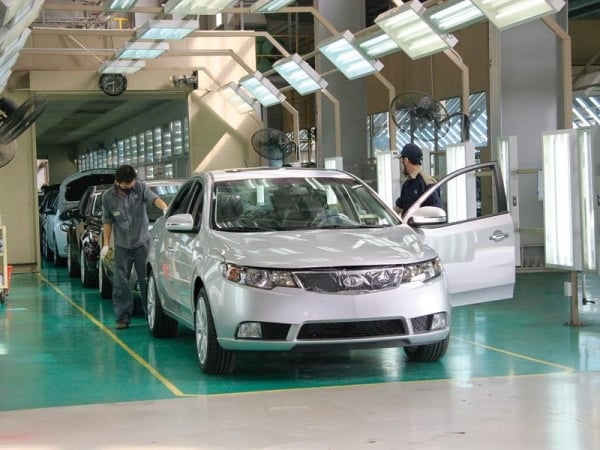

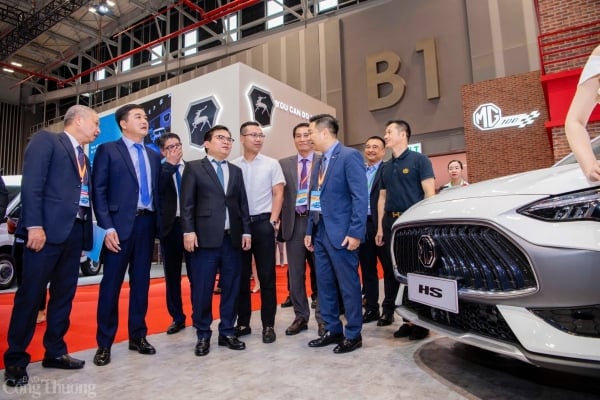
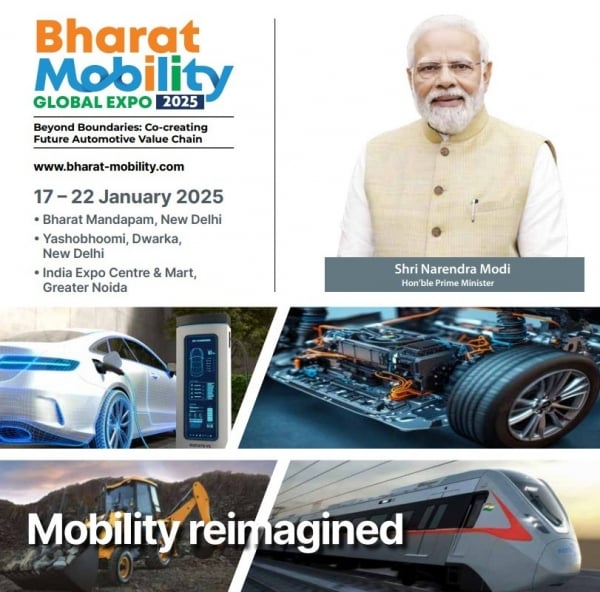
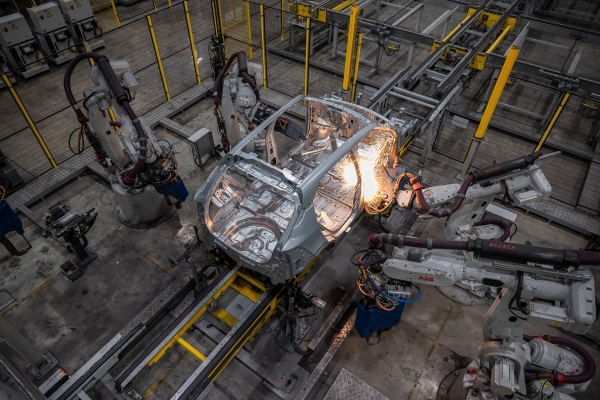


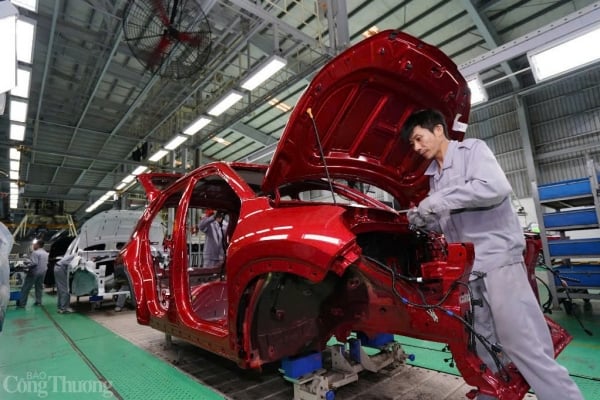

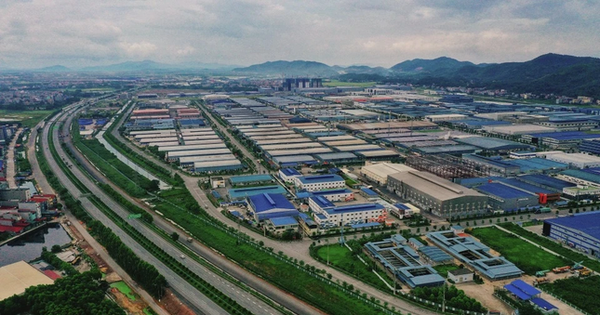
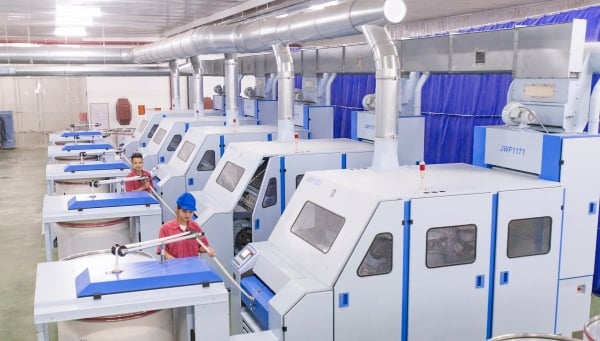
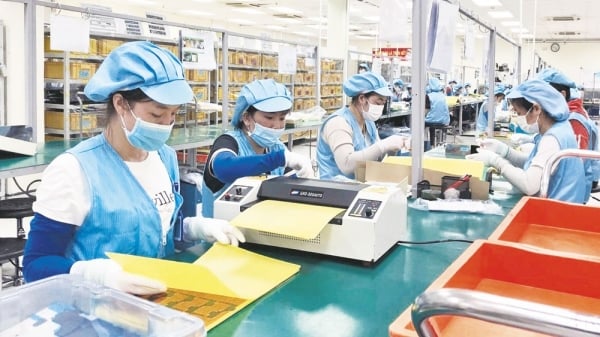

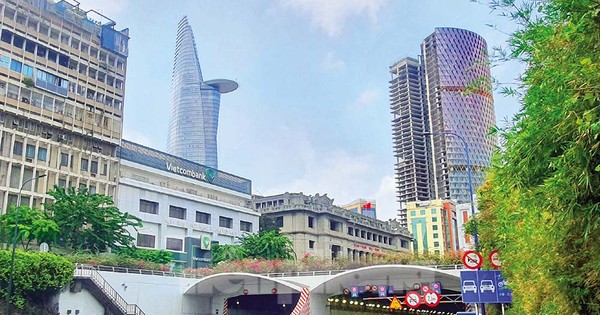






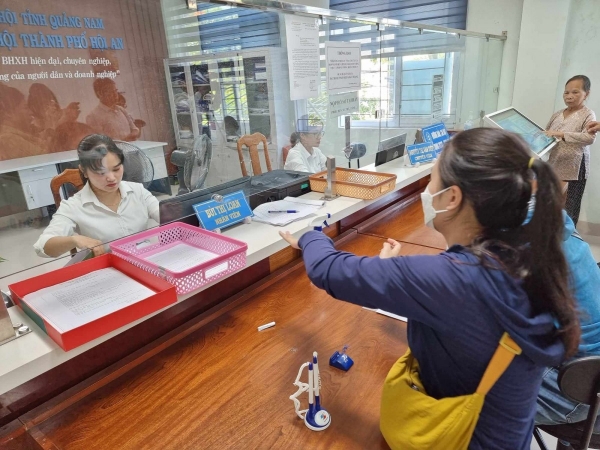

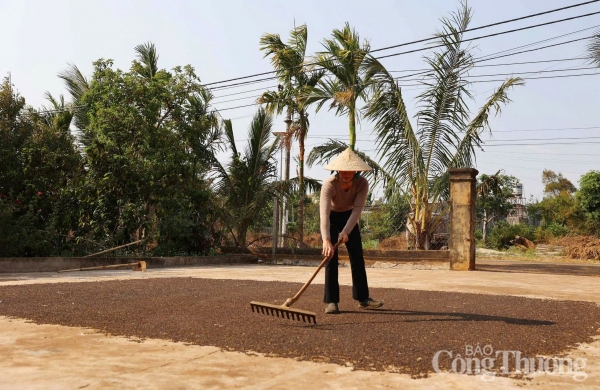
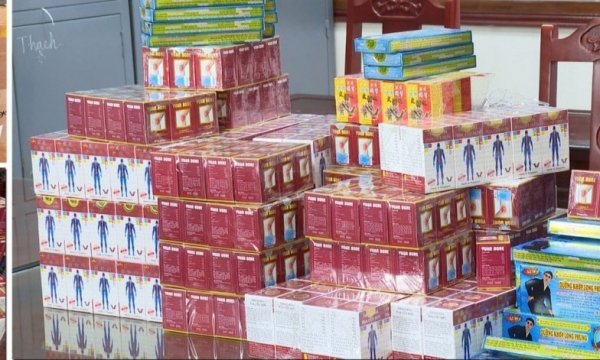
![[Photo] Welcoming ceremony for Chinese Defense Minister and delegation for friendship exchange](https://vstatic.vietnam.vn/vietnam/resource/IMAGE/2025/4/17/fadd533046594e5cacbb28de4c4d5655)




























![[Video] Viettel officially puts into operation the largest submarine optical cable line in Vietnam](https://vstatic.vietnam.vn/vietnam/resource/IMAGE/2025/4/17/f19008c6010c4a538cc422cb791ca0a1)
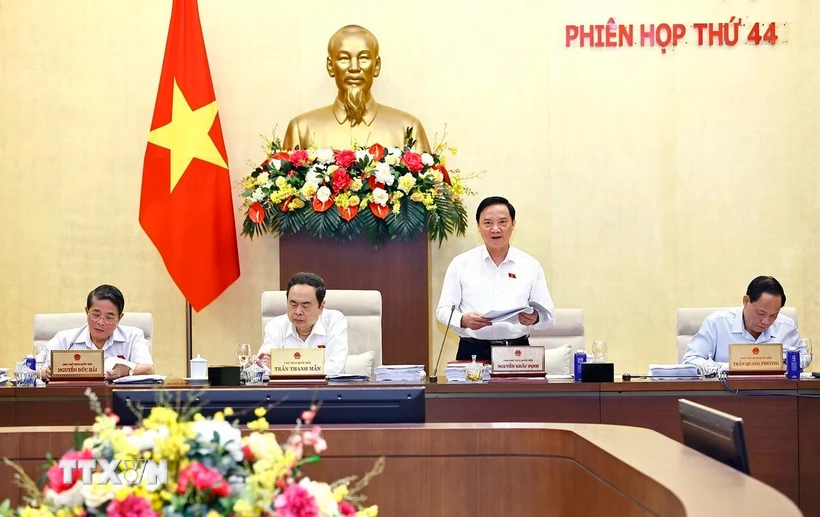
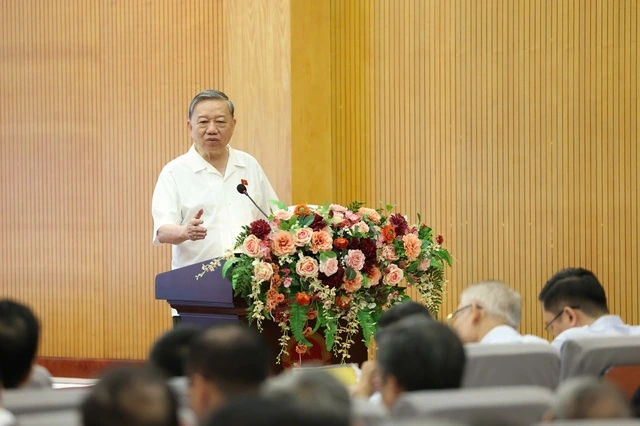

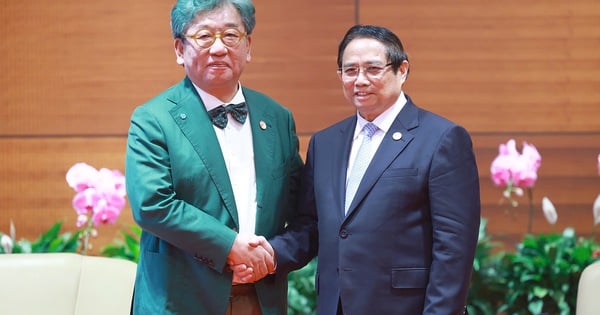

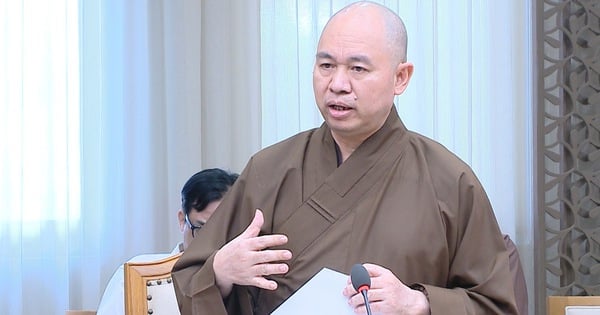
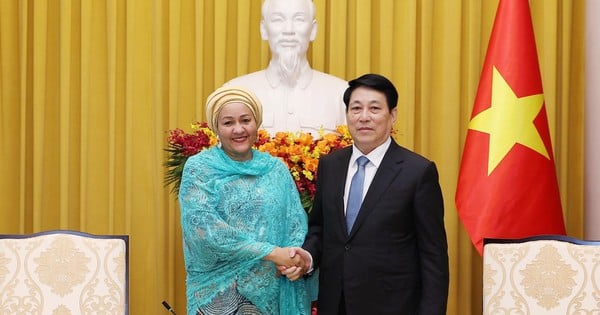
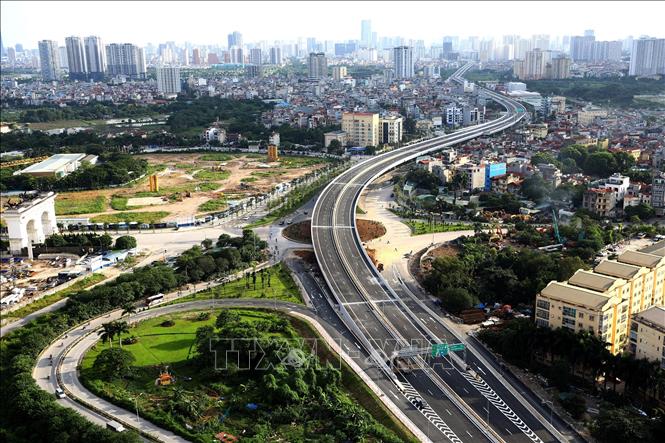



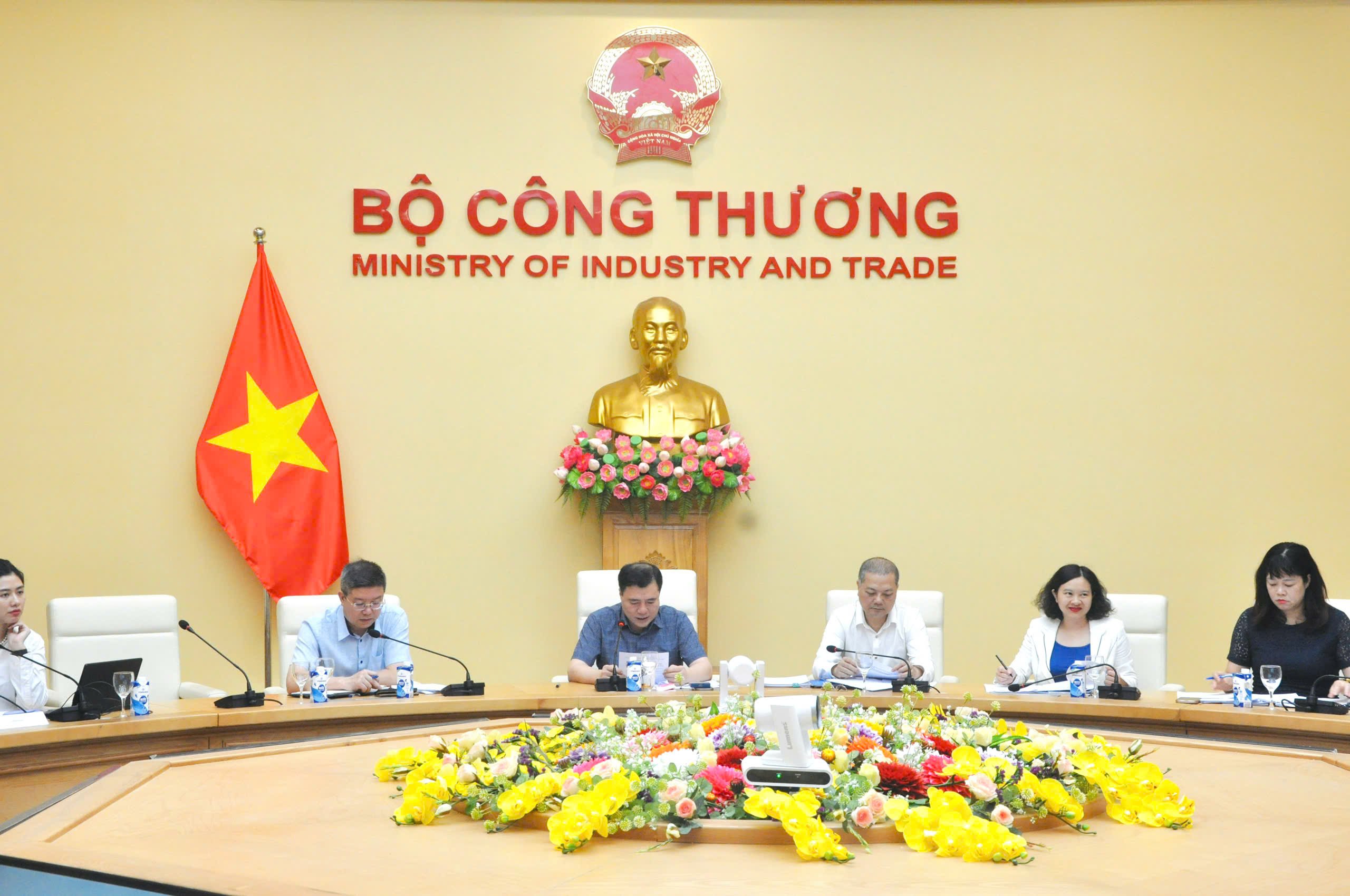

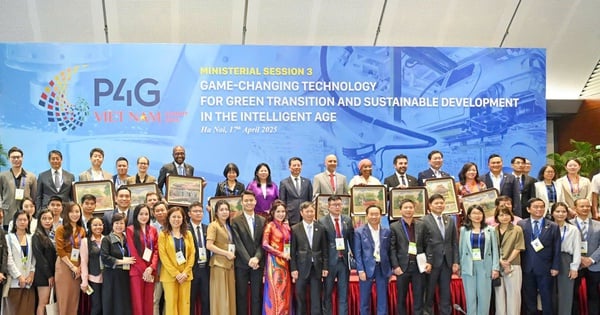

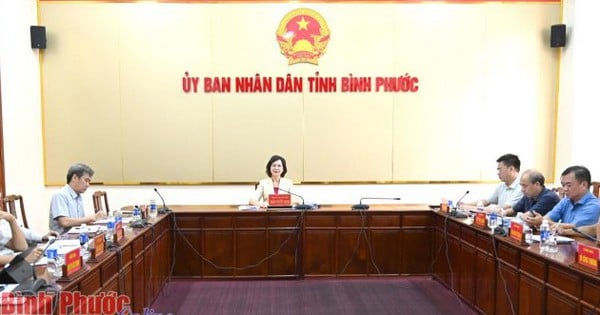

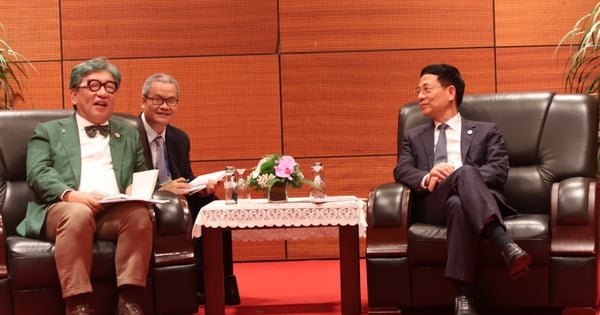




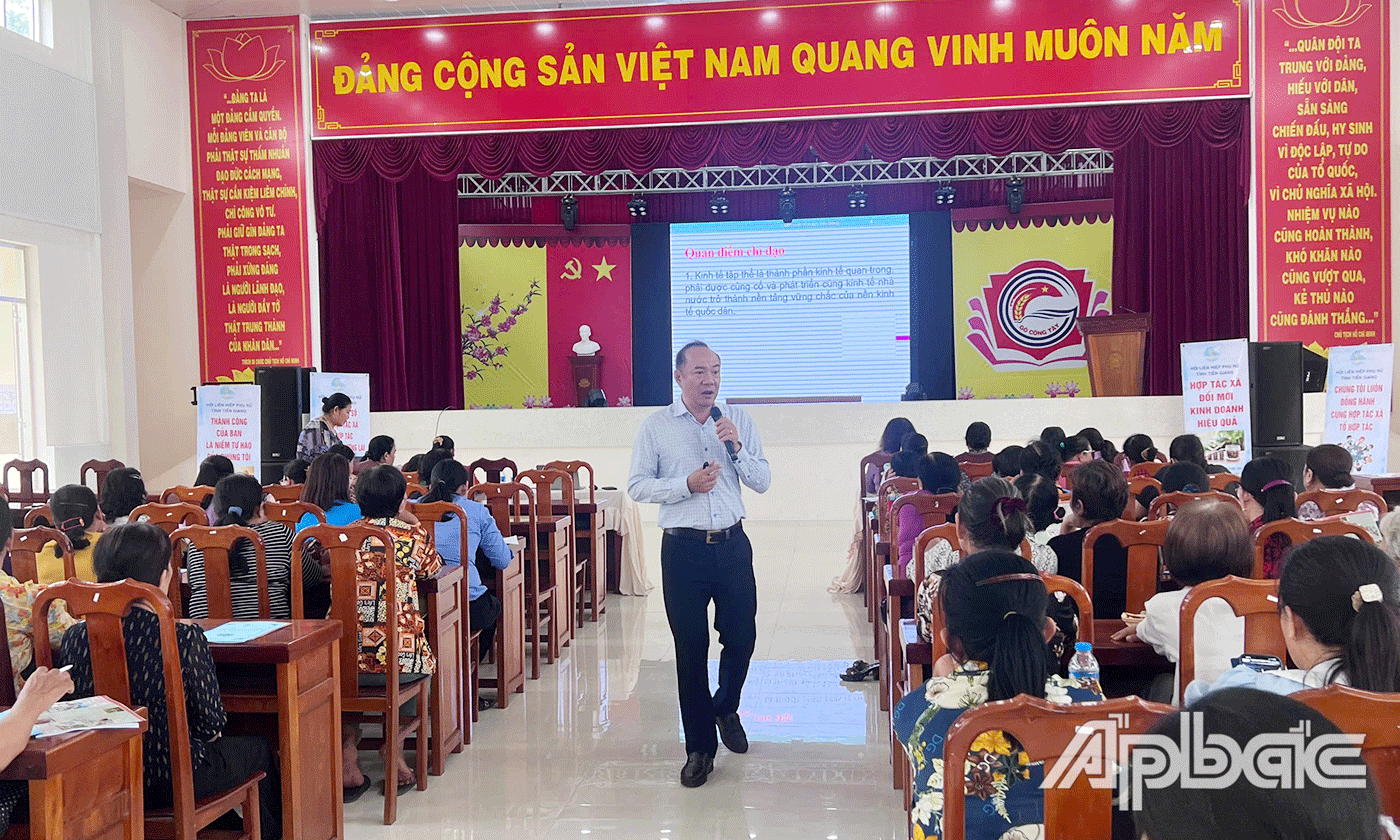
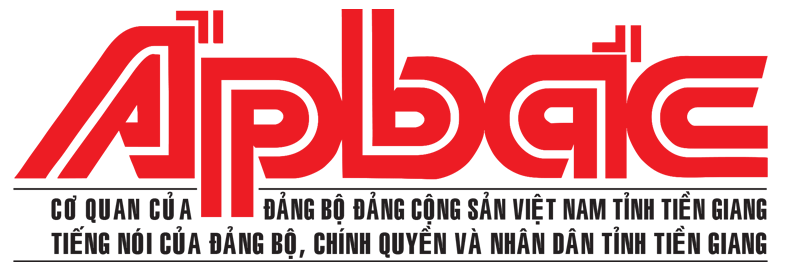
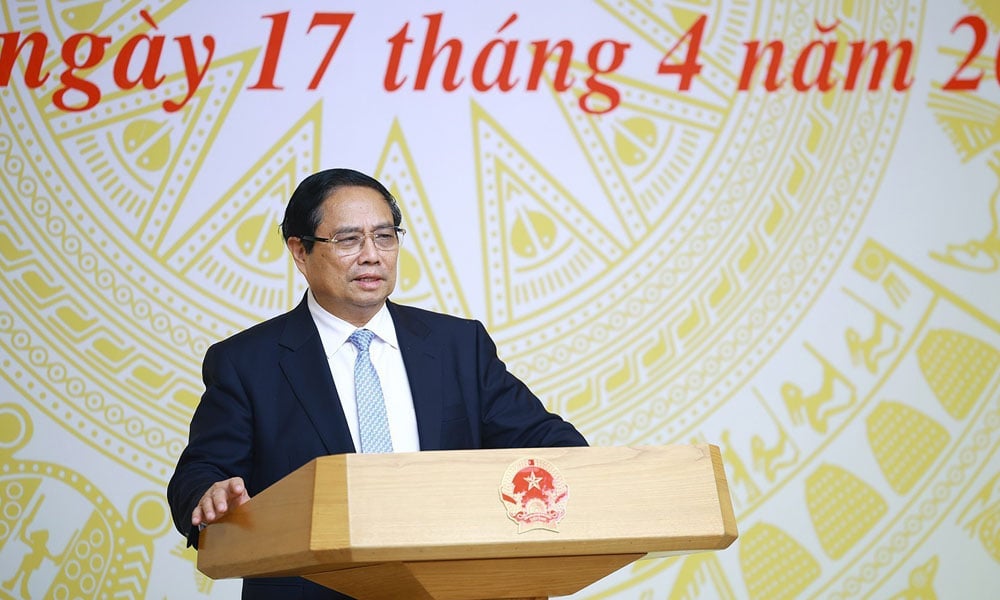

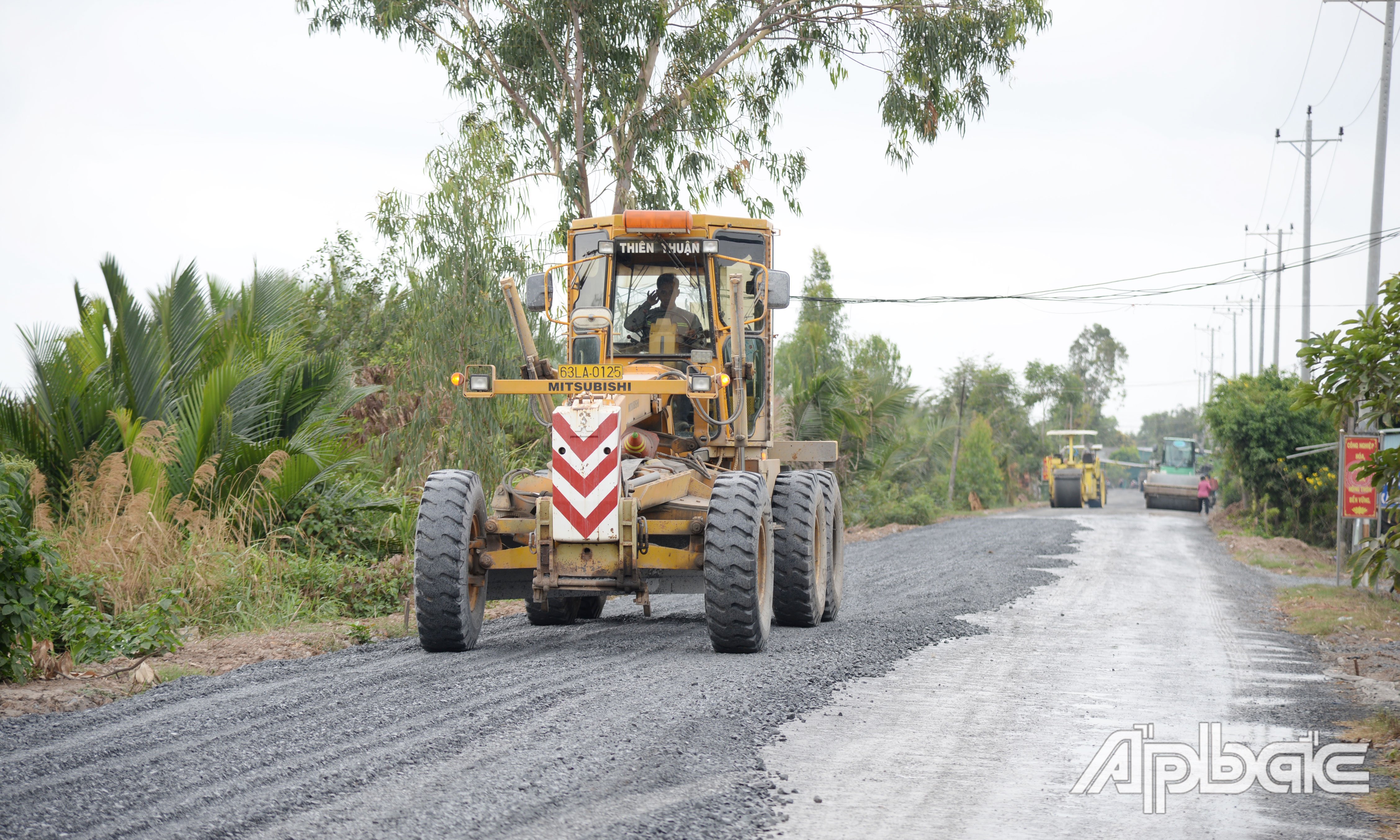
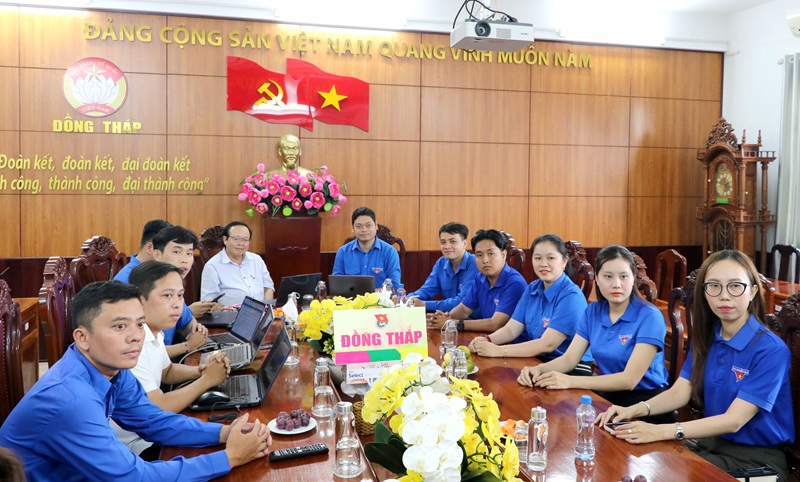











Comment (0)